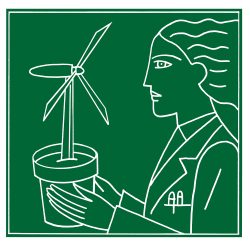
Universities can be laboratories for climate solutions, and the UW can lead the way
By Maya Tolstoy
Maggie Walker Dean of the College of the Environment
At the UW College of the Environment, we often say that the challenge of climate change requires all hands on deck. This metaphor runs the risk of overuse, but I think it is apt, especially for those of us who have spent our research careers at sea. The simple fact is that we can tackle the world’s biggest global threat only by engaging every single person, resource and bit of expertise available to us. I can think of no better way for the UW to do so than by bringing together the full breadth of the higher education community in the shared pursuit of a sustainable future.
This spring, we were proud to partner with the White House Office of Science and Technology Policy to host a national workshop on climate action in higher education. This symposium gathered nearly 80 colleges and universities from around the country—including large research universities, community colleges, historically Black colleges and universities, tribal colleges and universities, and public and private institutions—to showcase how climate change innovations on campuses can benefit surrounding communities and beyond.
The diversity of institutions at the event provided an enormous variety of perspectives on these issues. The experts and educators discussed how we can more effectively root our research in communities and empower the voices of those on the front lines of climate change. We learned how campuses should serve as living laboratories for broader sustainability initiatives, and how our institutions can work with states, municipalities and neighborhoods to develop climate adaptation strategies.
One takeaway was how crucial it is that we develop the workforce that can implement climate solutions. Many of our most promising green infrastructure projects are limited by a lack of trained technicians rather than by funding or political shortfalls. And throughout, we explored how to more effectively center justice and equity in all of these approaches.
The breadth of institutions that attended helped us see thousands of opportunities for collaboration across our schools and with the federal government, and that every institution has a role to play in addressing the climate crisis. Our close community ties can provide a conduit for public funding and other resources to our local communities where they can make the greatest impact. But more than anything, it was exciting, energizing and inspiring to see so many people from across the country engaged in the serious work of climate action.
Due to the extraordinary breadth and depth of our climate expertise (the majority of our 1,100 scientists, researchers and teachers work on climate change) and our deep roots in communities across the Northwest and the wider world, the UW is in a unique position to lead on climate action and adaptation. The White House gathering was an important step in building stronger ties between our academic institutions and our federal partners, and I think I speak for all in attendance when I say we left feeling hopeful for the future. With all hands on deck, no challenge is too great.
This story originally appeared in the June 2023 issue of UW Magazine.

